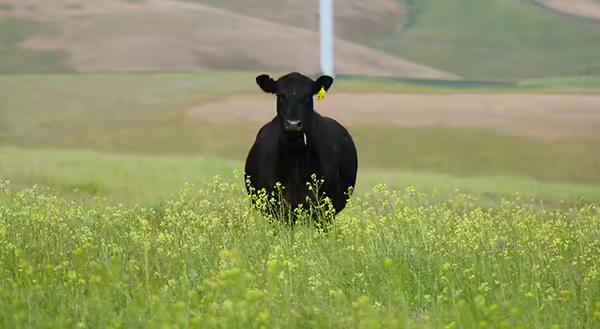
The first week of March is traditionally when many in central and northern Illinois are frost seeding clover. However, this year has brought a dry, mild winter and the grass as even started to green up. It feels like spring, and the plants feel it too.
The question has come up quite a bit in the last two weeks, "Is it too late to frost seed or overseed clover?" My reply is… it depends. I think it is important that farmers planning to over-seed in the coming weeks realize that there are some scenarios that will work, and other will not.
For instance, if you have well-rested pastures or paddocks with considerable residual growth on top of the soil, then success will likely not be good. These pastures with thick, dense stands are likely not the best candidates for over-seeding anyways.
Now on the other hand, if there are overgrazed and somewhat abused areas of your pasture fields, they would still be good candidates for over-seeding. If you can see any amount of bare dirt, then over-seeding has a good chance.
Incorporating the seed after over-seeding will be crucial this year. We likely will not see the freeze-thaw patterns we usually see in early March this year. Thus, we need to intervene to get good seed-to-soil contact. Some possible solutions:
- Drilling small seeds this year
- Dragging pastures with a harrow after seeding
- Avoid applying nitrogen fertilizer in pastures that will be over-seeded with legumes
- Use inoculated seed
- Achieve soil pH that is favorable for legumes (6.5 -7.5)
All in all, overseeding legumes can still be successful this year. Pick the somewhat overgrazed or areas with bare spots for the best success. Incorporate the seed and it may be best to use inoculated seed this year to get the seed off to a good start.